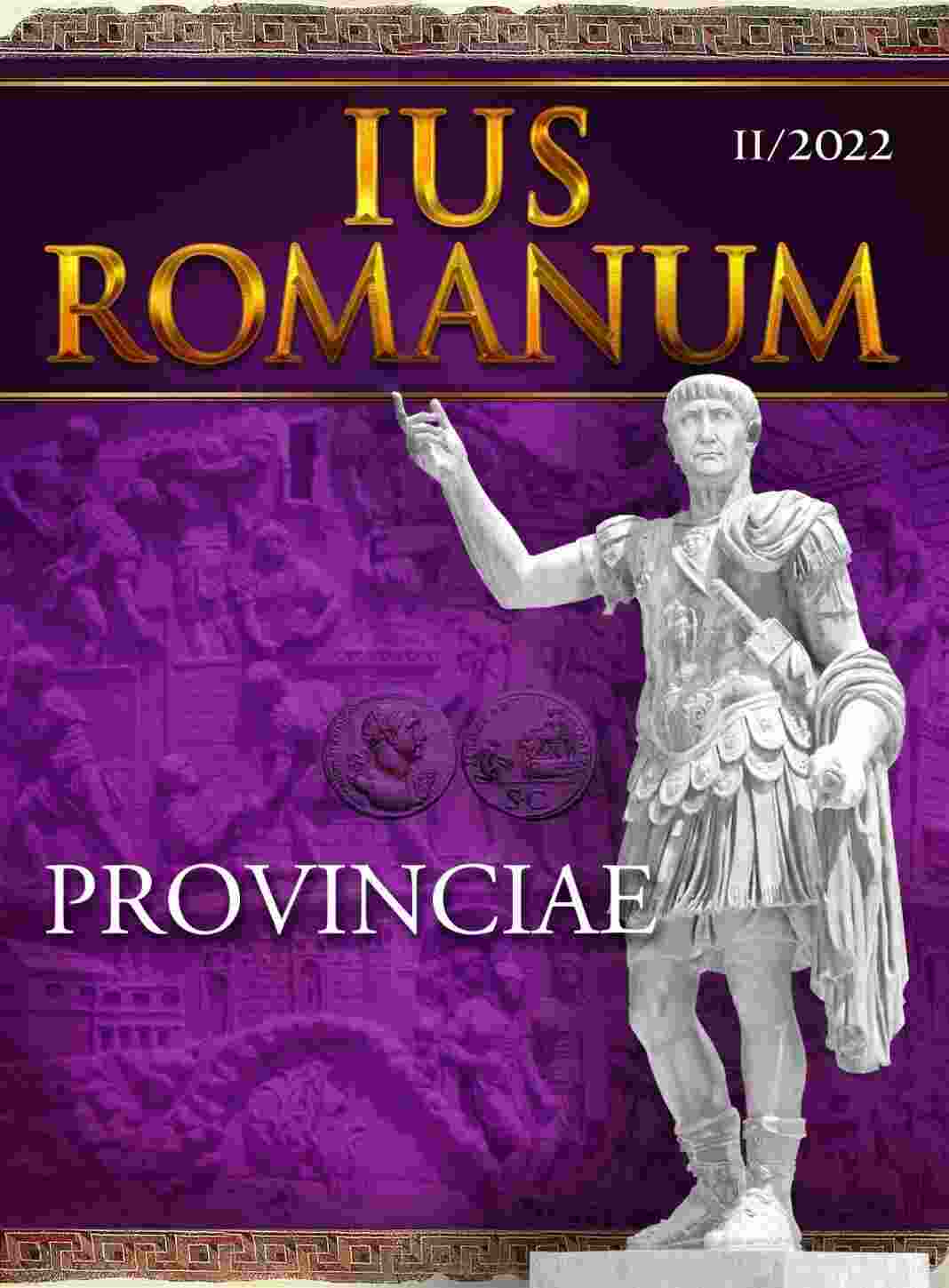SERVUS VILICUS AS INSTITOR
SERVUS VILICUS AS INSTITOR
Author(s): Mirjana MiškićSubject(s): History, Archaeology, Law, Constitution, Jurisprudence, Constitutional Law, Civil Law, Human Rights and Humanitarian Law, Comparative history, History of ideas, Local History / Microhistory, Ancient World, Modern Age, Canon Law / Church Law, Commercial Law, Court case, Comparative Law, Administrative Law, Labour and Social Security Law, Roman law
Published by: Софийски университет »Св. Климент Охридски«
Keywords: Servus vilicus; actio institoria; actiones adiecticiae qualitatis; procurator; praepositio
Summary/Abstract: Servus vilicus was slave placed at the head of a Roman villa rustica. The main sources in which we learn about the content of the duties and the powers of the vilicus are provided by Columella, De re rustica, I.8, XI.1, and XII.1, Varro, De re rustica, I. and the Cato, De agri cultura, CXLII–CXLIII. Having in mind that legal framework of his occupation is pretty unknown, it is justified to ask a question: was he (or maybe she) the institor? In the Digest, we find only the incidental remark that anyone appointed to cultivate the land may be considered as an institor (D.14.3.5.2). In addition, the institor was primarily engaged in trade, while the vilicus performed a wide range of the work. Beside that fact, vilicus was not exclusively engaged in agriculture, but also in some state services, which makes this notion even more complex and contradictory. However, the main question remains to be answered, whether the servus vilicus was a person who also legally obliged his master or his job was reduced to the actual management of the property?
Journal: IUS ROMANUM
- Issue Year: 2022
- Issue No: 2
- Page Range: 123-137
- Page Count: 15
- Language: English

